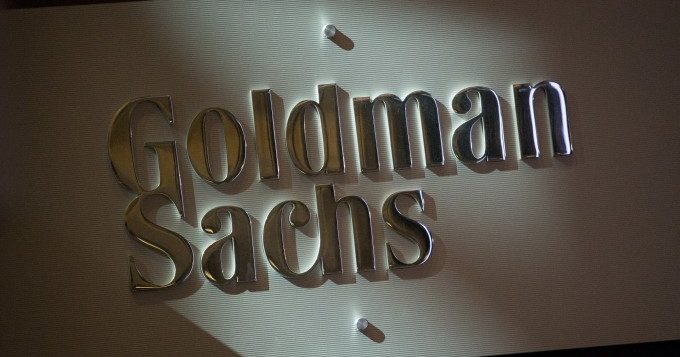Goldman Sachs is warning its wealthiest clients that there’s no doubt that the rise in bitcoin’s price (BTC) has pushed it into bubble territory.
The firm’s Private Wealth Management division touched upon the cryptocurrency craze in a 108-page note titled “(Un)Steady as She Goes,” an annual outlook that’s sent to the firm’s private wealth management clients. These clients are folks who have at least $10 million in investable assets.
The meteoric rise of cryptocurrencies has “moved beyond bubble levels,” Goldman’s Sharmin Mossavar-Rahmani and Brett Nelson write. They note cryptocurrencies already dwarf both the dot-com bubble and the notorious Dutch “Tulipmania,” a period where tulip bulbs became a prized commodity between 1634 and 1637 and prices went haywire.

“The mania surrounding cryptocurrencies is probably even better illustrated by the price surges seen in companies that announce some type of affiliation with blockchain technology or cryptocurrencies,” Goldman wrote.
A handful of obscure companies have suddenly pivoted to blockchain and crypto, sending their share prices higher. Goldman pointed to two recent examples, The Crypto Company and Long Blockchain Corp.
The Crypto Company went public after purchasing shares of Croe, Inc., an early-stage sports bra company. From September 27 until December 18, when the SEC temporarily halted trading of its shares, the stock price had surged 17,324%. Then, there’s Long Blockchain (LBCC), which had previously been the Long Island Ice Tea Corp. Late last year, the company said it was “shifting its primary corporate focus towards the exploration of and investment in opportunities that leverage the benefits of blockchain technology.” That company has also seen its share price jump.
“The price moves in cryptocurrencies and in the share price of companies with new cryptocurrency or blockchain affiliations remind us of a comment by a Dutch historian, Theodorus Schrevelius. He wrote, in 1648, 11 years after the collapse of tulip prices, that ‘our descendants doubtless will laugh at the human insanity of our Age, that in our times, the tulip flowers have been so revered,’” Goldman wrote.
To be sure, Goldman acknowledged some benefits from cryptocurrencies, but also some serious drawbacks.
“We think the concept of a digital currency that leverages blockchain technology is viable given the benefits it could provide: ease of execution globally, lower transaction costs, reduction of corruption since all transactions could be traced, safety of ownership, and so on. But bitcoin does not provide any of these key advantages. Quite the contrary. Not only is there no ease of execution, but settlement often takes as many as 10 days. In late 2017, the price discrepancies among 17 US exchanges for one bitcoin amounted to $4,156, or about a 31% difference between the high and low prices. Transaction costs have skyrocketed, and frequent hacking has wiped out entire wallets and exchanges of their bitcoin holdings.”
What’s more, Goldman does not see cryptocurrencies maintaining their current value in the long-run. They also don’t see the US dollar replaced as the global reserve currency by crypto.
And if cryptocurrencies were to collapse, they would not have a significant impact on the broader economy or financial markets.
“We should also add that we do not believe a collapse in bitcoin will have major contagion effects on the global economy or financial markets,” Goldman wrote. “At the peak of the dot-com bubble in March 2000, the combined market capitalization of Nasdaq and S&P 500 information technology stocks was 101% of US GDP and 31% of world GDP. The aggregate market capitalization of cryptocurrencies is 3.2% of US GDP and 0.8% of world GDP.”
Read more at:
www.finance.yahoo.com







